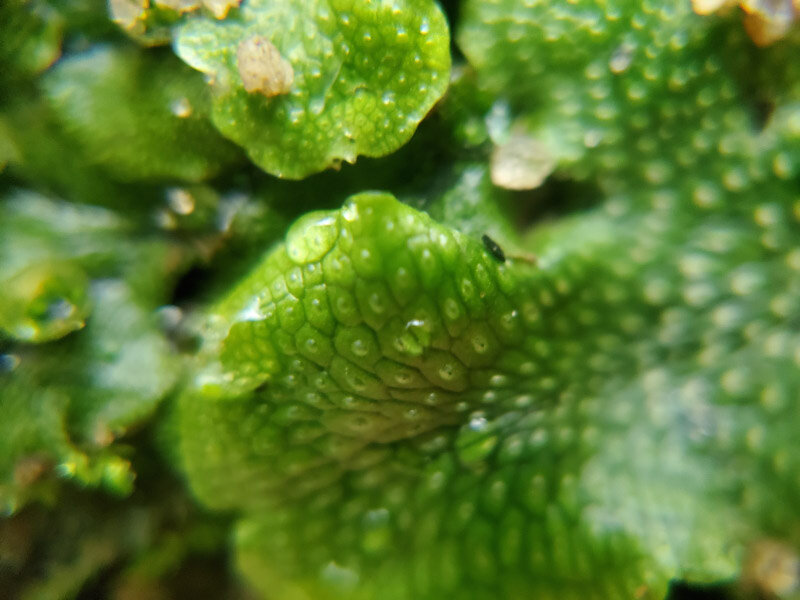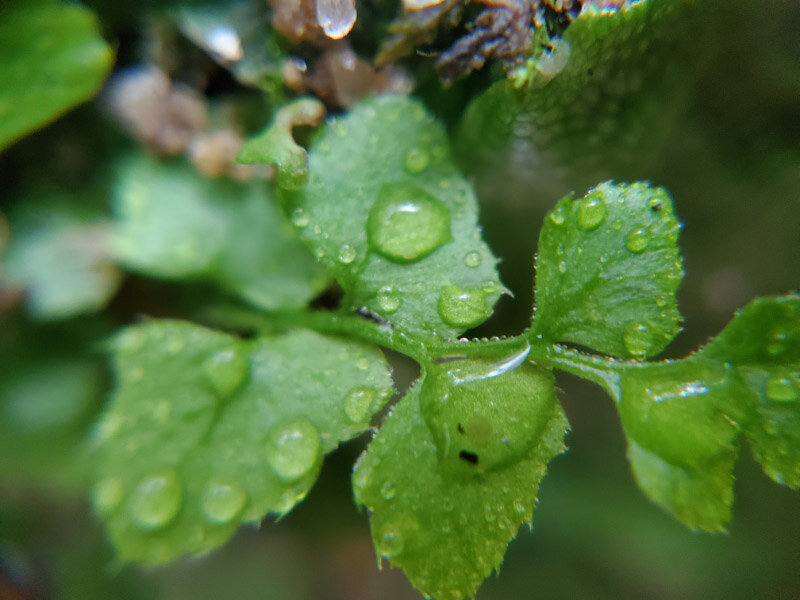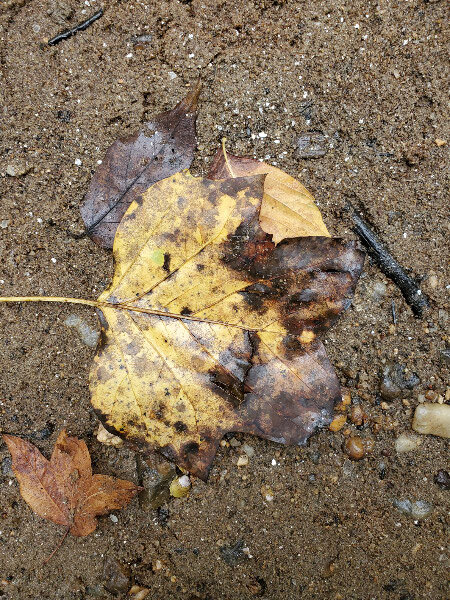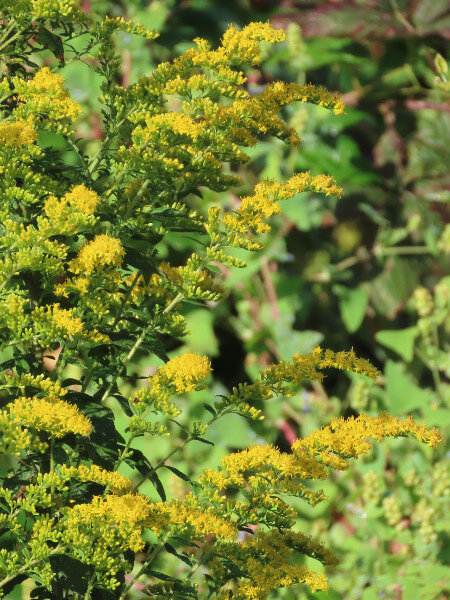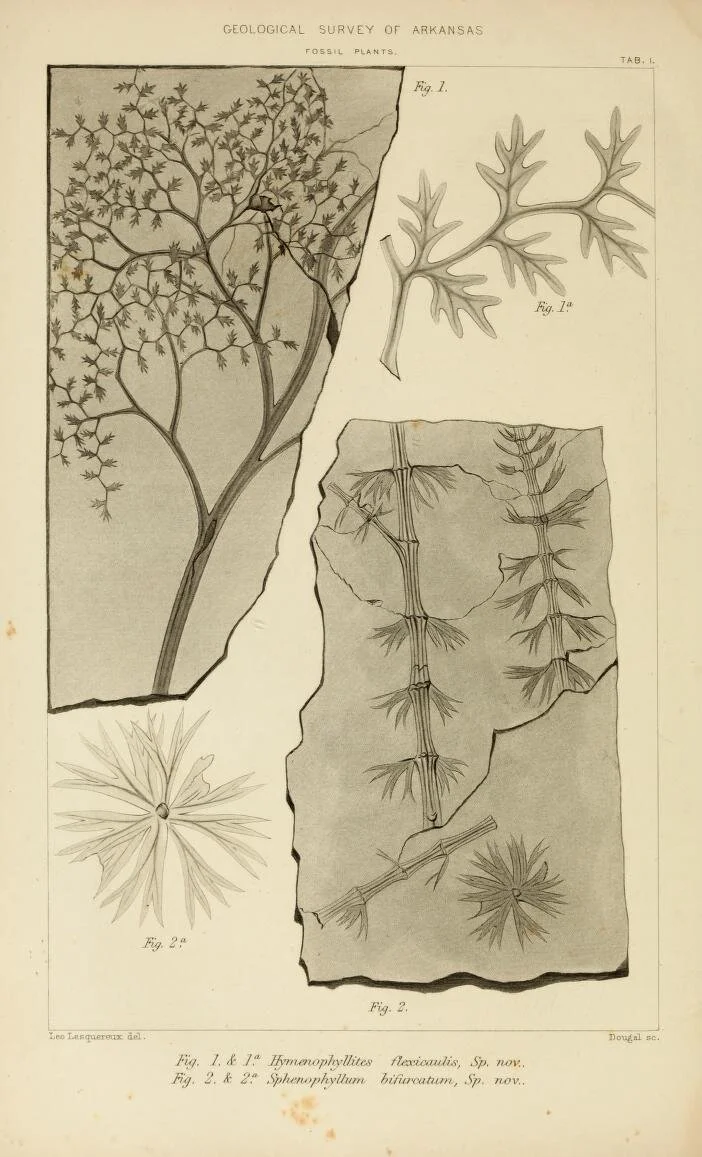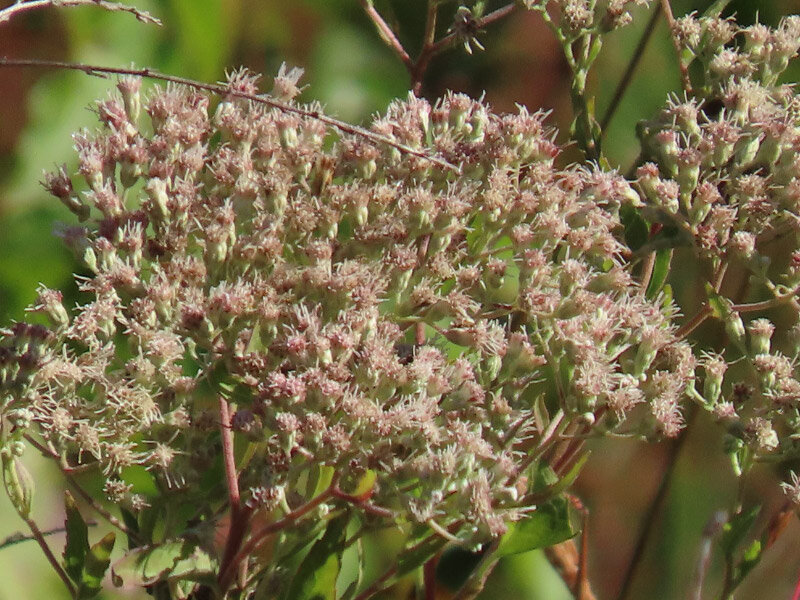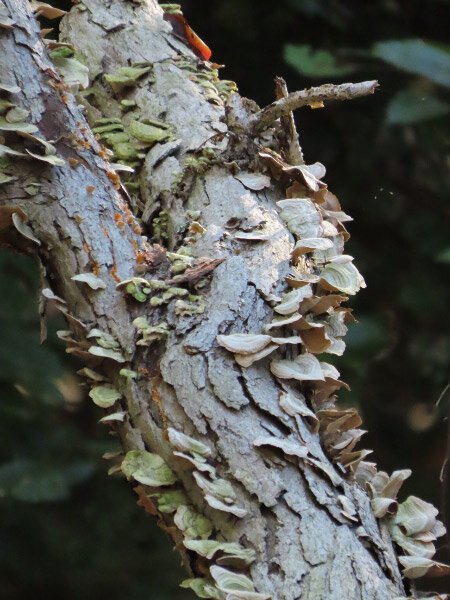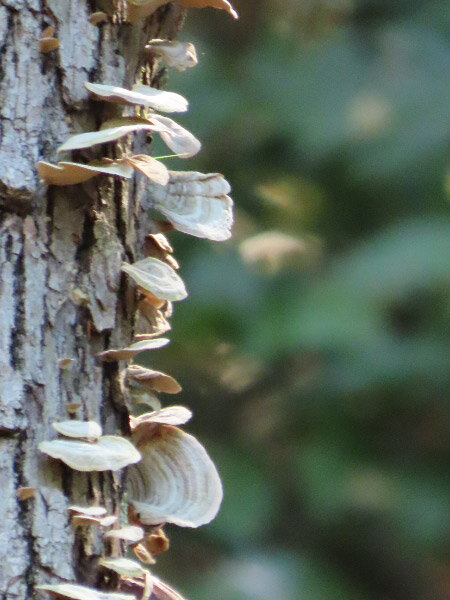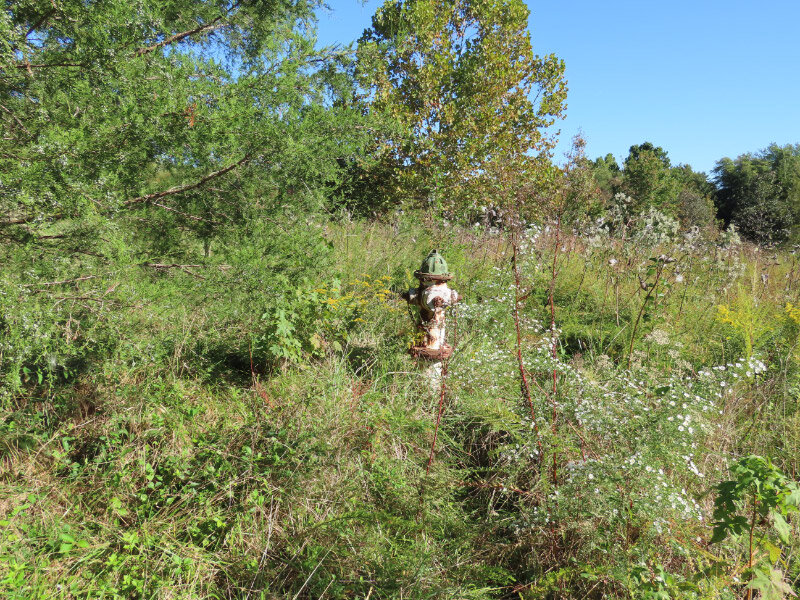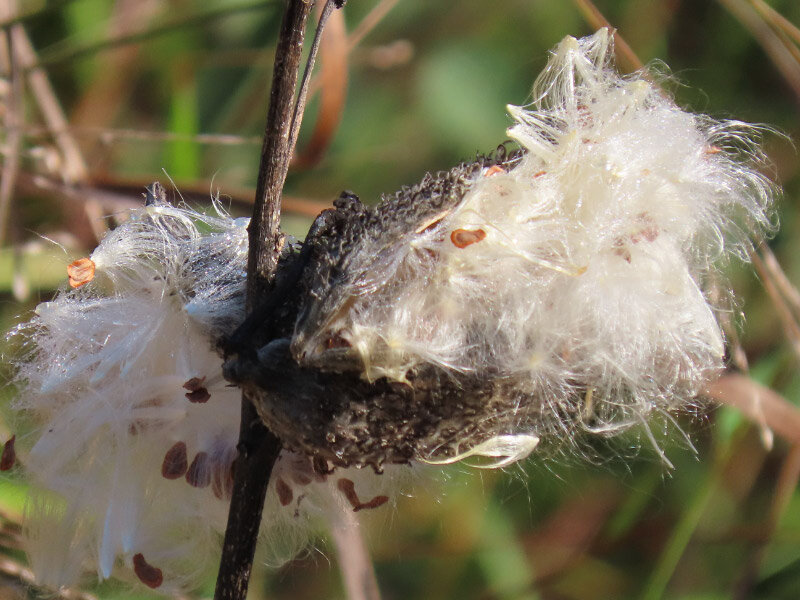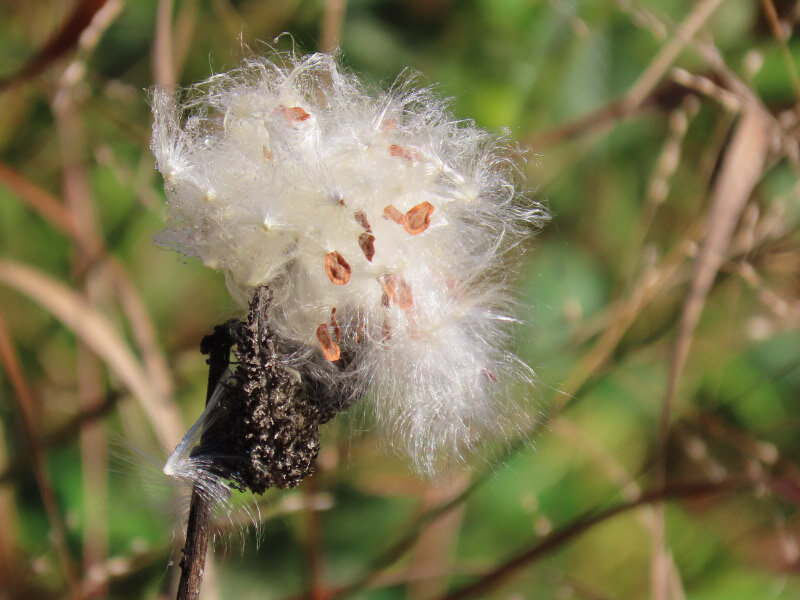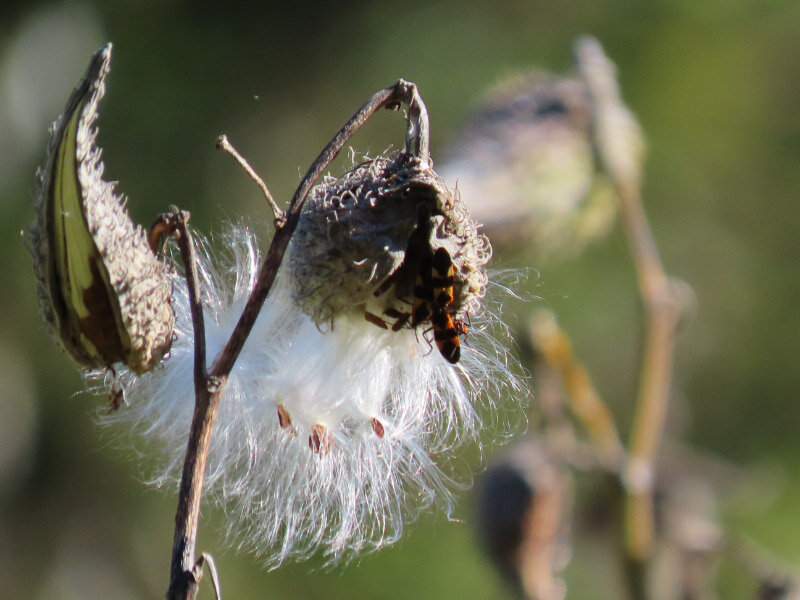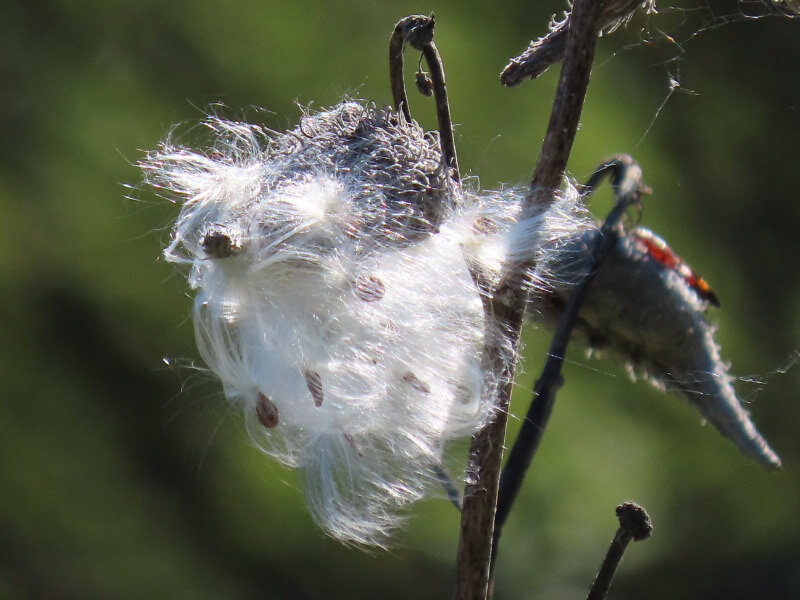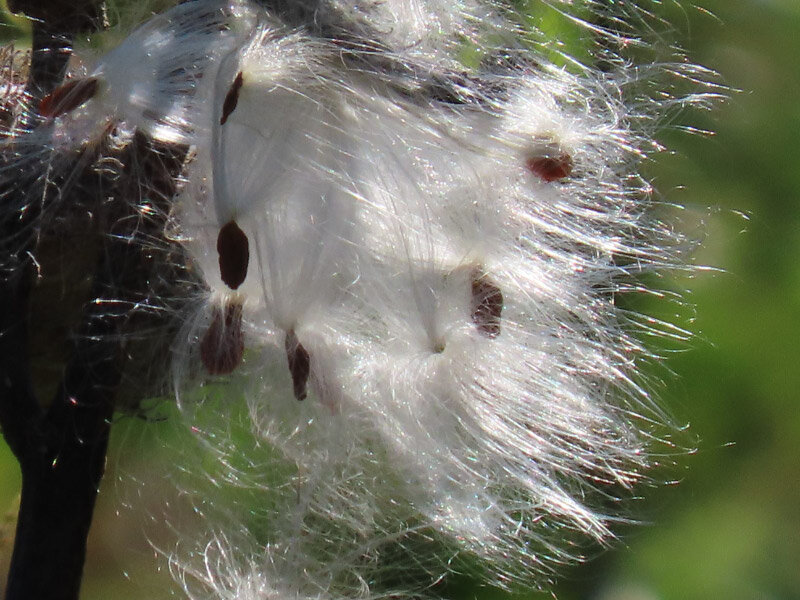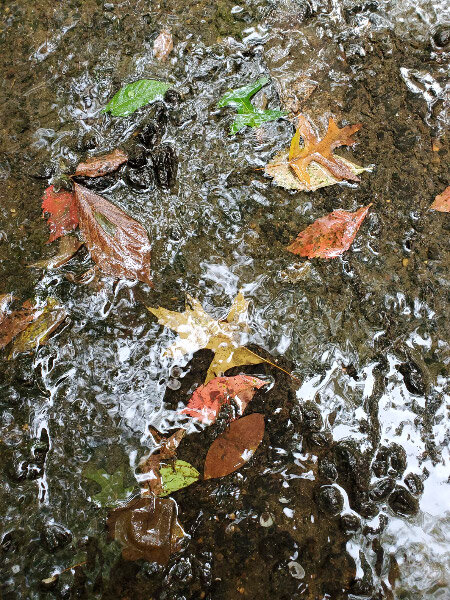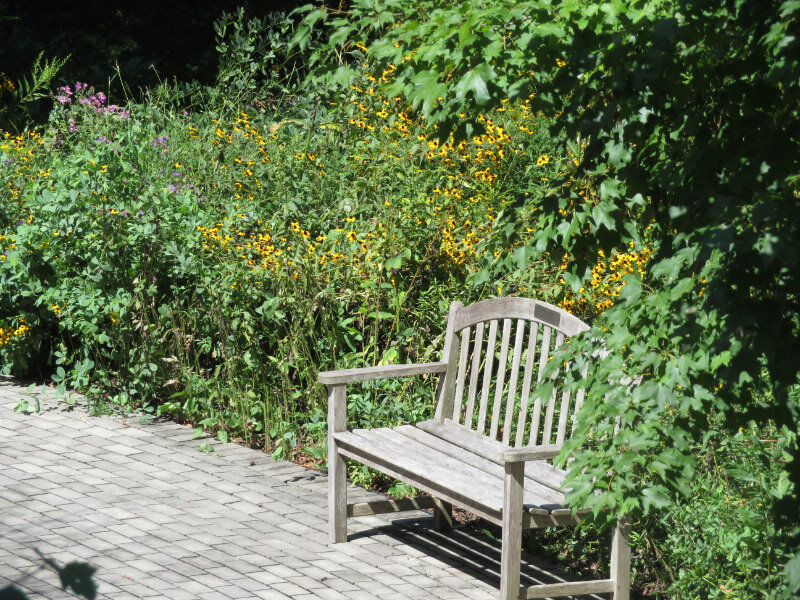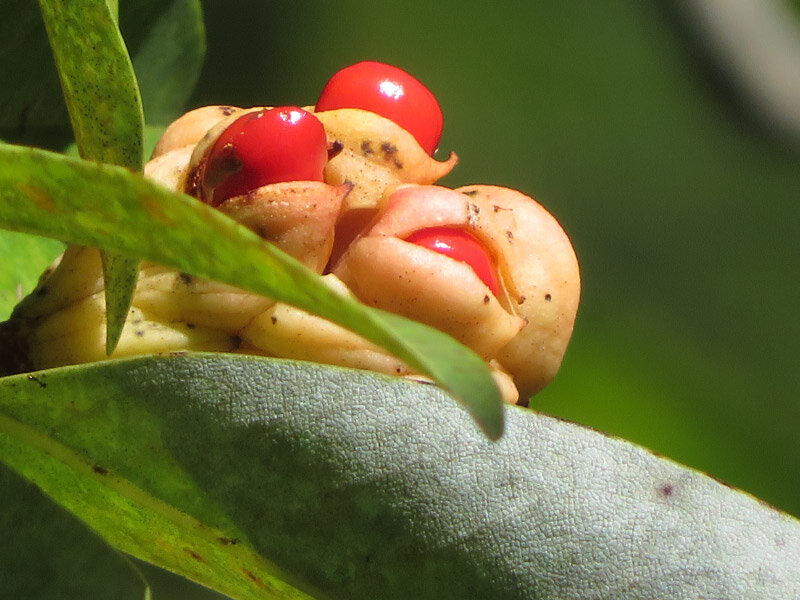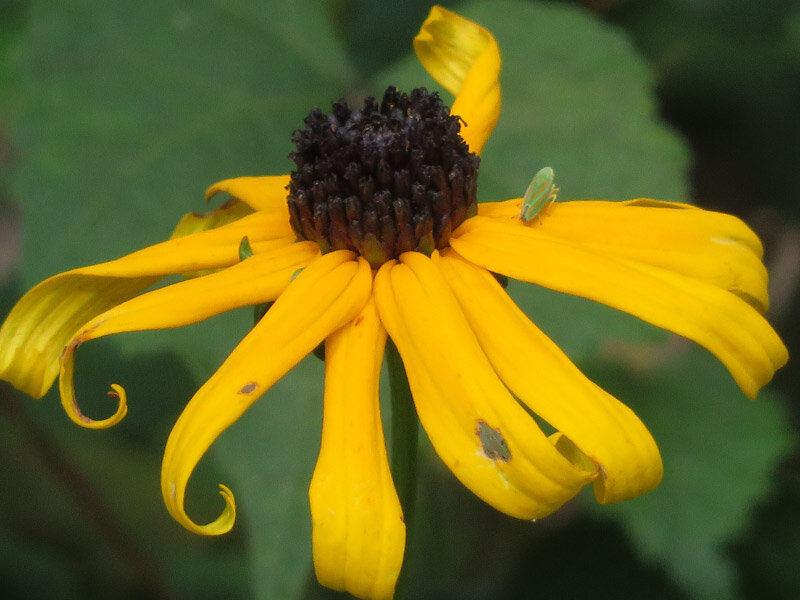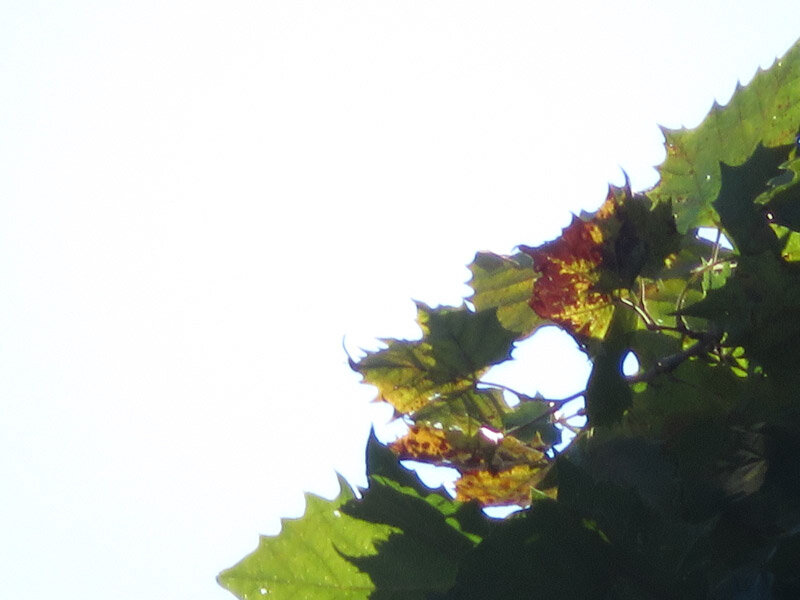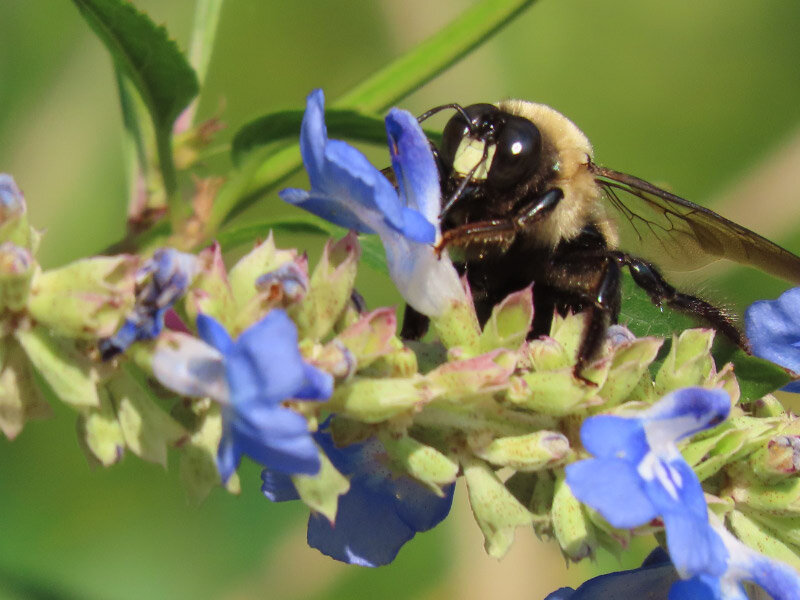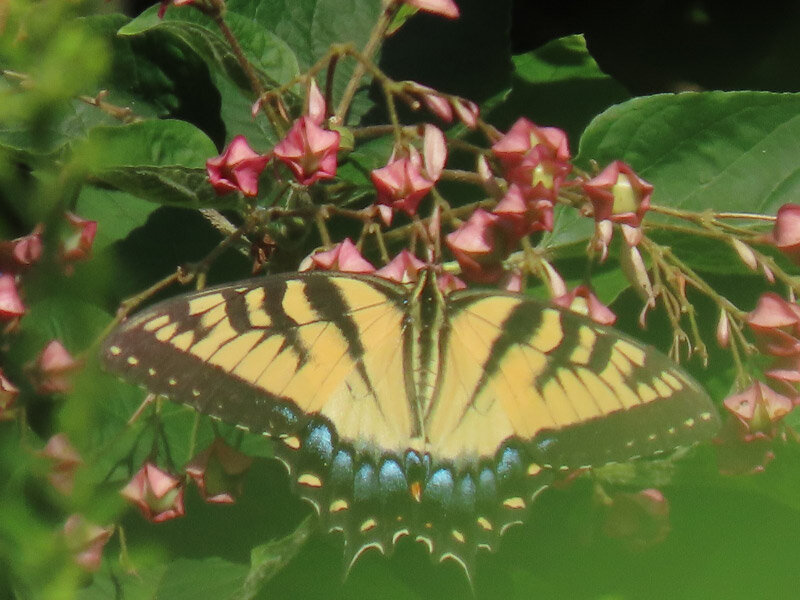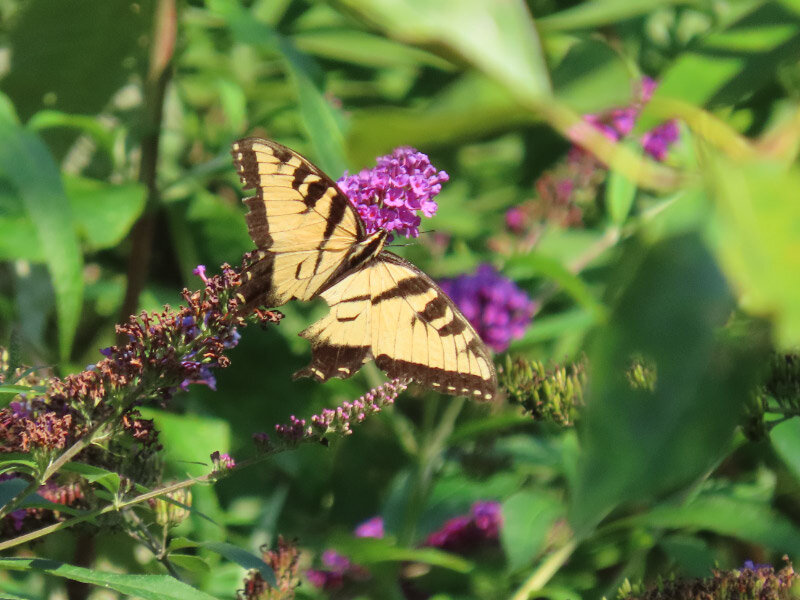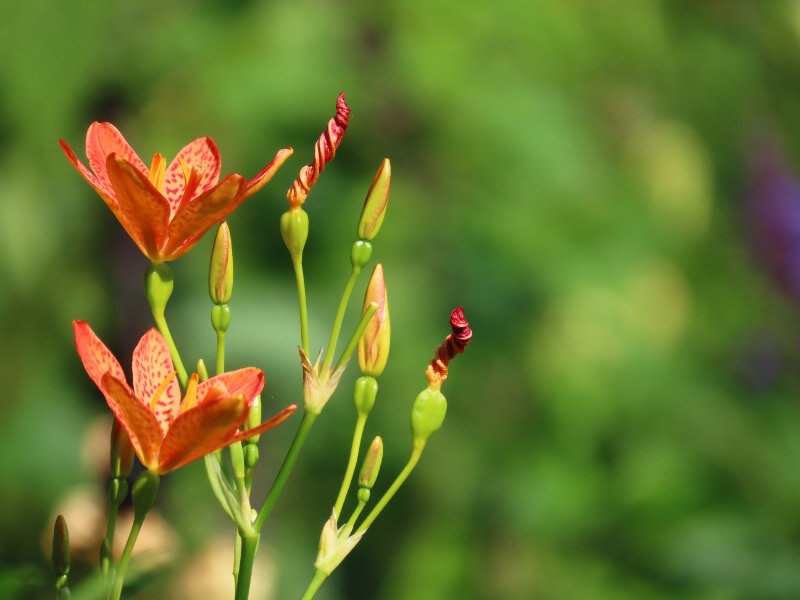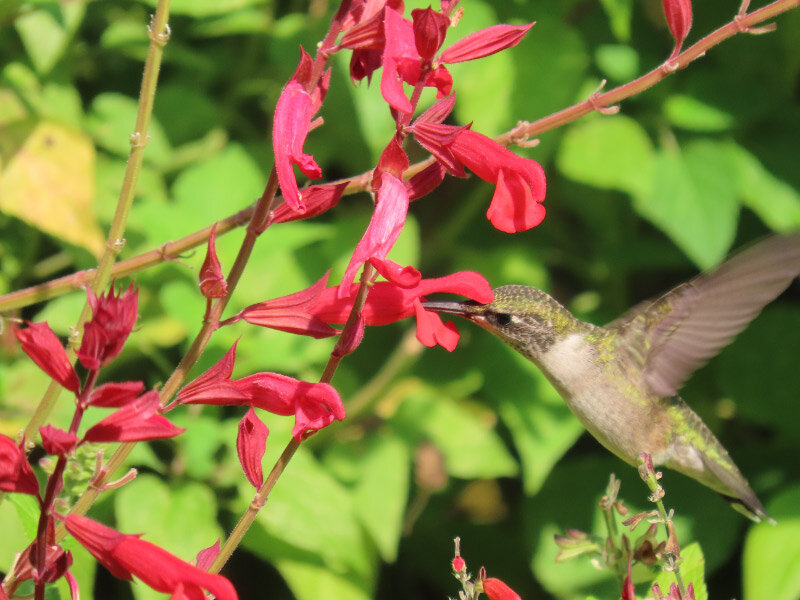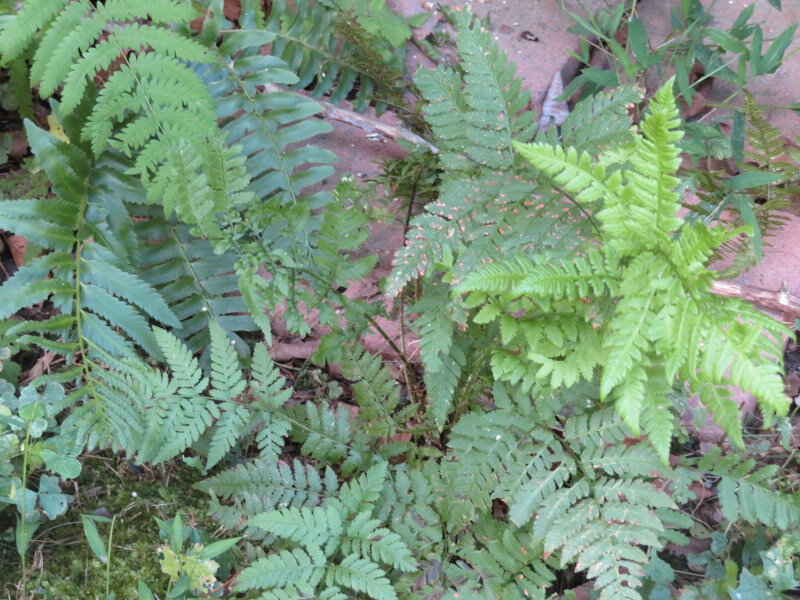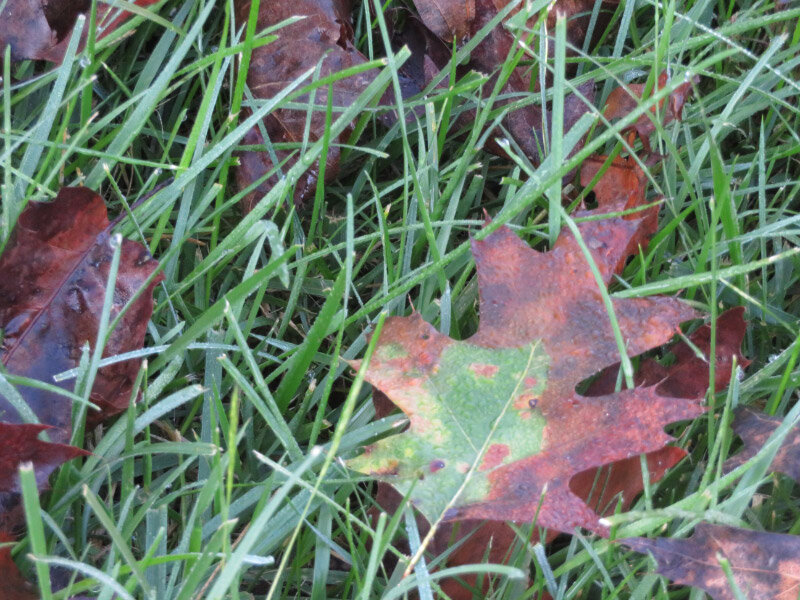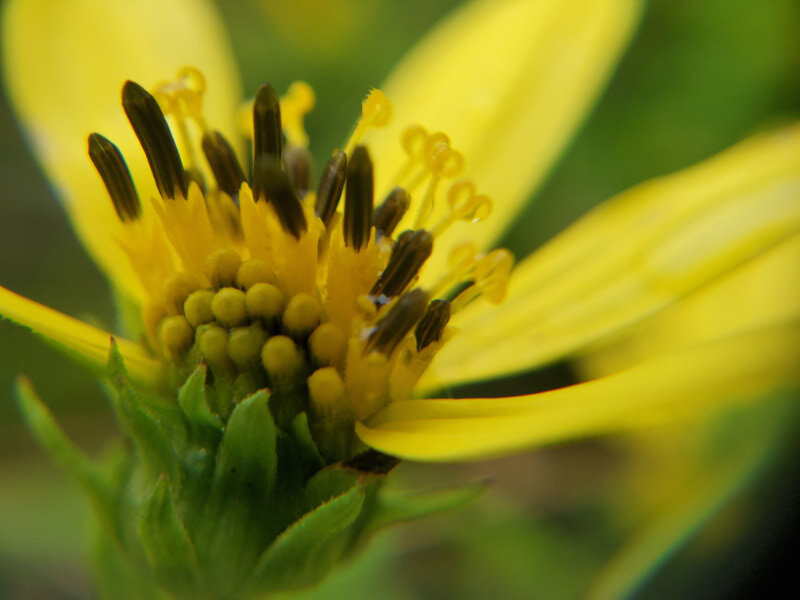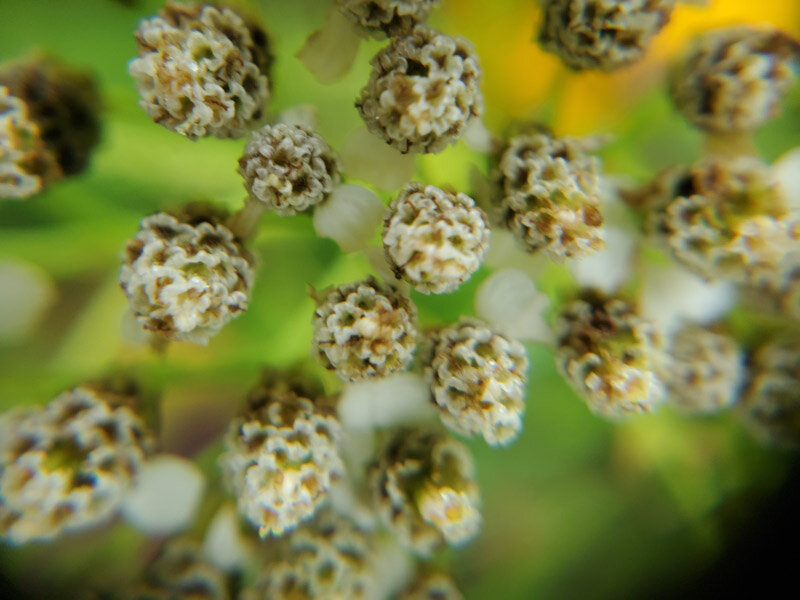30 years ago – October 1991
/Looking back at the pictures from October 1991 – it was a pleasant month. Work was still challenging but not as overwhelming as it had been in the previous months. One of my sisters came to visit with the priority to enjoy activities with my two-year-old daughter. We went on a steam train trip near Gettysburg, visited a toy store in Ellicott City, and bought apples at a local orchard (my daughter ate an apple on the spot to the delight of the owner). I remember the outing to Mount Vernon vividly. We had lunch in the restaurant with my daughter in a highchair (antique style) pushed up to the table; she was thrilled with the arrangement and enjoyed the meal tremendously…charmed the wait staff. Then we opted to not go through the house…enjoying the grounds thoroughly. She hugged a big tree that George Washington had planted!
My sister was moving into a new house and had packed everything before her visit…and then moved almost immediately when she returned to Texas. It was a busy month for her. Another sister was pregnant with her second child and had some difficulties early in the month which were quickly resolved to the relief of the whole family. My parents were still working and trying to help everyone through the flurry of the month.
The leaves started to fall later in the month and my daughter became more enthusiastic than ever about being outdoors. Leaves and acorns are easily picked up and enjoyed. Her favorite movie was ‘Little Mermaid.’ She finally made the connection between saying numbers and counting things; that was the big ‘light bulb’ moment of her development in October 1991.
We borrowed a special costume for my daughter’s Halloween – a flowerpot for the body and headpiece with big yellow petals for around her face. It was very cute but not something she liked very much. At that point in her life, she was not eating candy so there was little joy for her that Halloween!
Great memories from 30 years ago…






